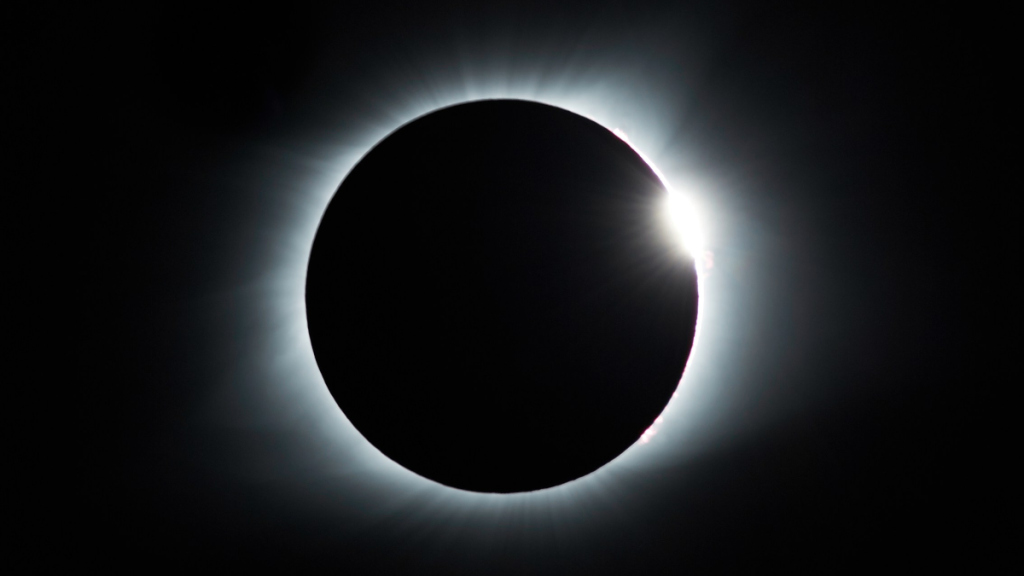There has been an update on next week’s solar eclipse path of totality map that will affect people living on the very edge of the previous map.
Videos by InspireMore
This weekend, experts announced that the viewing area on April, 8 is slightly narrower than the 115-mile-wide path scientists previously calculated. So cities such as Fort Wayne, IN, and Denton, TX, may not get a full show as they had expected.
“By accounting for the topography of both the moon and the Earth, precise eclipse prediction has brought new attention to a tiny but real uncertainty about the size of the Sun,” said NASA Heliophysics Editorial Lead Abbey Interrante, per WKRN.
The reason the sun’s size factors in is that the shadow produced by the moon shrinks as the sun’s size grows. Scientists used a smaller sun size in the former calculation.
John Irwin, an eclipse calculator, noticed the problem recently. He released an updated solar eclipse path of totality map, which you can find here.
Eclipse Calculators Had Been Using The Same Solar Radius Since The Late 1800s
One of Irwin’s collaborators, Luca Quaglia, told Forbes that the computer used to determine the path of totality used a solar radius of 959.63 arc seconds, which is the same number scientists had been using since the late 1800s. According to Quaglia, “measurements and observations” from the last decade have shown that value to be “slightly too small.”
Irwin’s updated map measured the solar radius of 959.95 arc seconds. The new value narrows the path of totality by about 2,000 feet. The slight adjustment isn’t bad news, however. People who live on the outskirts of the old map can easily drive into the new viewing area.
“This difference would only affect cities on the very edge of the path of totality, where blanket predictions are difficult regardless – a few city blocks one way or the other could mean 20, 10, or 0 seconds of totality,” said Abbey. “Traveling towards the center of the path of totality – even a mile or two – will quickly increase the length of totality that people can see.”
Driving those few miles will be worth the hassle, too. The contiguous United States won’t see another total solar eclipse until August 23, 2044.
You can find the source of this story’s featured image here.
Want to be happier in just 5 minutes a day? Sign up for Morning Smile and join over 455,000+ people who start each day with good news.


